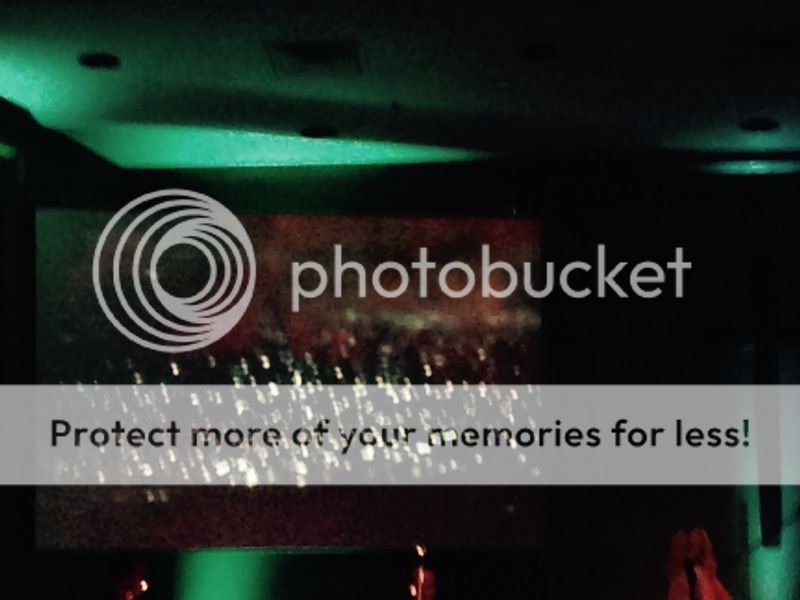Our church has a set of Mitsubishi XL5900's, one of which has developed a red clouding which I've come to understand is moisture or dirt getting into one of the LCD's, in this case I'm guessing the red one.

The image is black and pale green dots, the red clouding is the problem. In my homework I've learned that these are 12 year old projectors and that Mitsubishi no longer makes them or any other projectors for that matter. I'm wondering if parts are available or if it's worth to try and repair.
Replacement also might be a better option as these were purchased well before we added the backlighting you can see in the picture and before they were relocated to hit screens that are behind the band (and thus pick up a decent amount of bounce from the front wash).
The other concerns I would have in replacing them is that they are currently suspended above the stage and not exactly accessible. Are projector mounts relatively standardized or would purchasing a new projector also mean we're looking at installing a new mount? It's currently suspended from a vertical pipe that also houses all of the cables. I'll go ahead and insert the disclaimer that I do not intend to undertake this myself as I do not have experience in suspending projectors and should a new mount be required I will seek out appropriate assistance.
And speaking of cabling, it is currently RGBHV. It's not hard to put an adapter to VGA on there, but since we're already talking about it would it make sense to attempt to run a digital line. We currently use a Mac to feed a TripleHead2Go which I think outputs DP, but we have passive adapters to convert it to VGA and then to RGBHV at the moment.
Cost is always a concern when dealing with church stuff, they spent $10,000 apiece on these when new and a bunch when they relocated them and hung new screens. I feel like the 4,000 lumens is decent for our normal lighting, but it wouldn't hurt to go brighter. Looking at pricing on comparable new projectors I'm feeling that $8-10k might be the top end of new projectors and installation, but maybe not new cables.
Any and all advice would be welcome!

The image is black and pale green dots, the red clouding is the problem. In my homework I've learned that these are 12 year old projectors and that Mitsubishi no longer makes them or any other projectors for that matter. I'm wondering if parts are available or if it's worth to try and repair.
Replacement also might be a better option as these were purchased well before we added the backlighting you can see in the picture and before they were relocated to hit screens that are behind the band (and thus pick up a decent amount of bounce from the front wash).
The other concerns I would have in replacing them is that they are currently suspended above the stage and not exactly accessible. Are projector mounts relatively standardized or would purchasing a new projector also mean we're looking at installing a new mount? It's currently suspended from a vertical pipe that also houses all of the cables. I'll go ahead and insert the disclaimer that I do not intend to undertake this myself as I do not have experience in suspending projectors and should a new mount be required I will seek out appropriate assistance.
And speaking of cabling, it is currently RGBHV. It's not hard to put an adapter to VGA on there, but since we're already talking about it would it make sense to attempt to run a digital line. We currently use a Mac to feed a TripleHead2Go which I think outputs DP, but we have passive adapters to convert it to VGA and then to RGBHV at the moment.
Cost is always a concern when dealing with church stuff, they spent $10,000 apiece on these when new and a bunch when they relocated them and hung new screens. I feel like the 4,000 lumens is decent for our normal lighting, but it wouldn't hurt to go brighter. Looking at pricing on comparable new projectors I'm feeling that $8-10k might be the top end of new projectors and installation, but maybe not new cables.
Any and all advice would be welcome!


